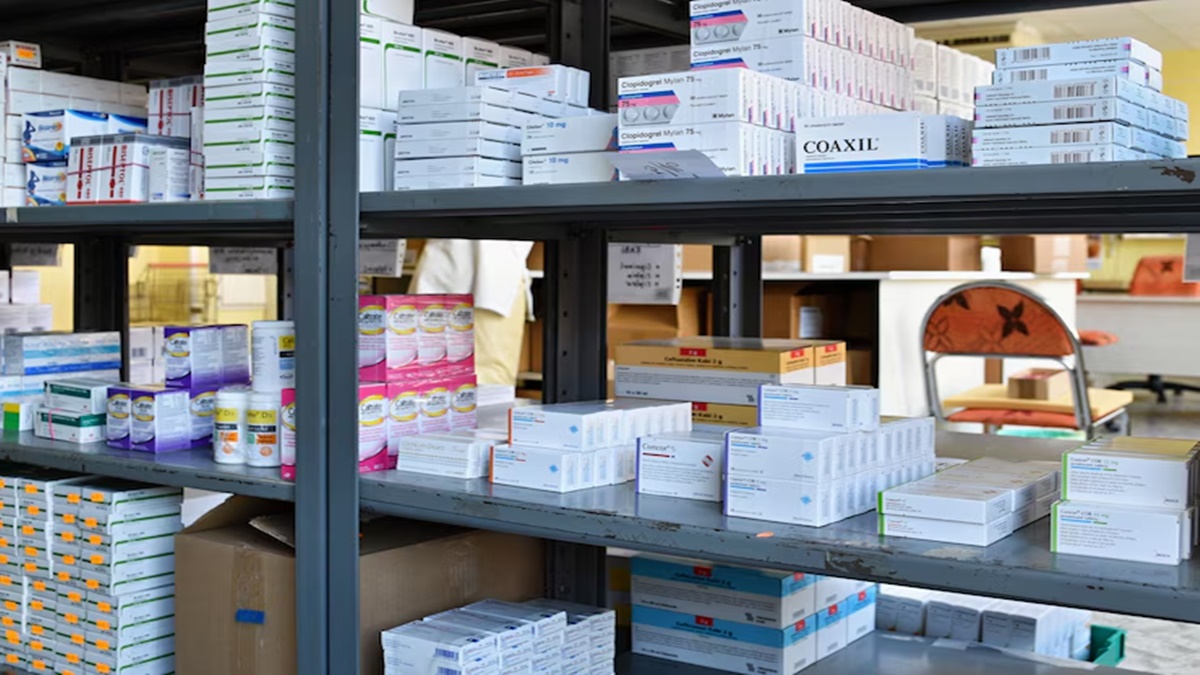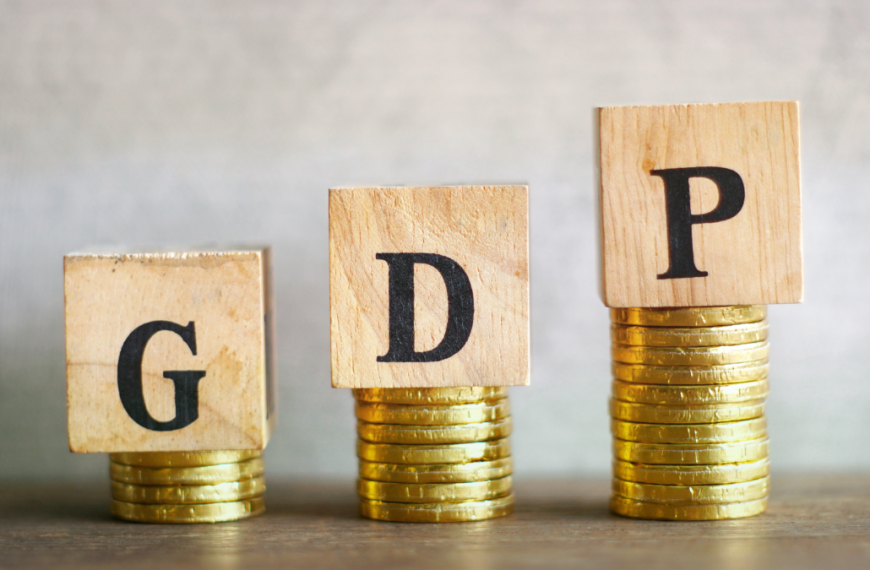In a surprising twist, President Donald Trump recently unveiled a drug pricing proposal that has left many in the pharmaceutical industry breathing a sigh of relief. Initially expected to create significant upheaval in drug costs, this plan has been described as “weaker-than-expected” and somewhat vague, prompting analysts to believe that it may not drastically impact profitability for domestic pharma companies.
Lack of Clarity in the Executive Order
Despite Trump’s commitment to ending price discrimination against American patients, the executive order provides scant details on potential penalties for pharmaceutical companies that fail to comply. Analysts point out that while the order gives manufacturers a 30-day compliance period, it primarily focuses on a future rulemaking plan that would enforce “most-favored-nation pricing.”
- Key Points:
- The executive order highlights price discrimination faced by U.S. patients.
- It lacks specificity on punitive measures for non-compliant companies.
- Immediate negative impacts on Indian pharmaceutical firms are not anticipated.
Sudarshan Jain, the Secretary General of the Indian Pharmaceutical Alliance (IPA), noted that while the order emphasizes equitable cost-sharing among stakeholders, it is primarily innovator companies that might feel the pressure to adjust their U.S. drug prices in alignment with this new pricing structure. Meanwhile, the generics sector, which operates on narrow profit margins, is expected to remain largely unaffected.
Exploring the Core Provisions
Experts have identified three main components of the executive order aimed at transforming the drug pricing landscape:
- Addressing Inflated Drug Prices: The proposal aims to tackle the inflated prices in the U.S. that often subsidize lower drug costs in other nations.
- Streamlining Supply Chains: A focus on cutting out middlemen in the pharmaceutical supply chain is also highlighted, promoting direct sales to consumers.
- Direct-to-Consumer Programs: Plans for direct-to-consumer (D2C) purchasing initiatives are included, allowing manufacturers to sell their products at discounted rates.
Additionally, the order indicates that if pharmaceutical companies do not comply, authorities may consider offering waivers for importing prescription drugs from developed countries where prices are significantly lower.
The Broader Impact on Indian Pharma
India’s pharmaceutical exports exceeded $30 billion in the fiscal year 2025, with over one-third of that figure directed to the U.S. While Indian-made medicines constitute only 11% of the U.S. pharma market in value, they account for approximately 40% in volume, underscoring the demand for affordable medications from India.
In a social media statement, President Trump highlighted the stark difference in drug prices, noting that some U.S. pharmaceuticals can be 5 to 10 times more expensive than their counterparts produced in the same facilities. This disparity has long been a point of contention and a catalyst for his push towards reform.
A Look Back at Previous Proposals
During his first term, Trump had introduced a foreign reference pricing program designed to align U.S. drug costs with those in other countries. However, this initiative was ultimately halted by a U.S. court. As the pharmaceutical landscape continues to evolve, industry players will be closely monitoring how this latest executive order unfolds and what it means for the future of drug pricing in the United States.
With these developments, stakeholders in the pharmaceutical sector are left to ponder the potential outcomes of the new proposal, balancing optimism with caution as they navigate the complexities of the evolving drug pricing environment.











